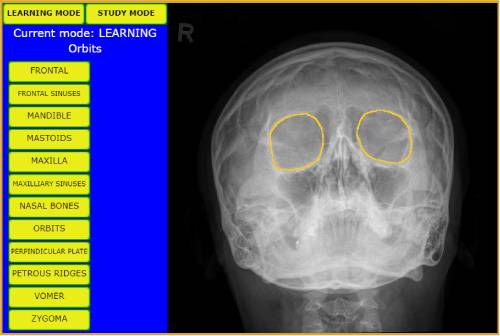EFFUSION
Definition: An abnormal collection of fluid within a joint or other enclosed space
As opposed to oedema, which is the collection of fluid primarily within soft tissues.
Example: pleural effusion is an abnormal fluid collection within the pleural space (the lubricated cavity separating the outside of the lungs to the inside of the chest wall). Pulmonary oedema is abnormal fluid collection within the alveoli of the lungs.
JOINT EFFUSION
All (synovial) joints contain a small amount of intra-articular fluid; a joint effusion refers to an increased volume of fluid within a synovial compartment. This extra fluid may be transudate, exudate, blood, pus or fat, depending on the underlying cause.
Transudate and exudate are terms which describe the mechanism by which certain fluids arrive; transudate arrives via mechanism such as disturbed hydrostatic pressure (a bit like how osmosis works, except not at all the same), whereas exudates are fluids released “intentionally” by blood vessels by vasodilation and the creation of channels between the endothelial cells.
Video: Transudate vs. exudate - Khan Academy
Some causes of joint effusion:
- Trauma (and degenerative change)
- A haemarthrosis is an effusion of blood from damaged vessels following a trauma. A lipohearmarthrosis has a fatty component, like bone marrow, which separates into distinctly radiodense layers.
- Inflammatory arthropathy
- Infection
- Gout/other depositional arthropathy
- Malignancy
- Iatrogenic
- Following an arthrogram, for example
The presence of a joint effusion is generally considered to be a non-specific sign; many pathologies can present with joint effusions and with a few notable exceptions (which we’ll get to), diagnosing the presence of one will not indicate any specific pathology and will not, on it’s own, impact patient management.

